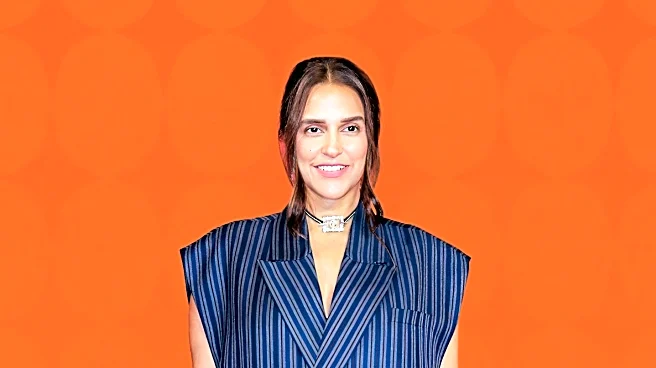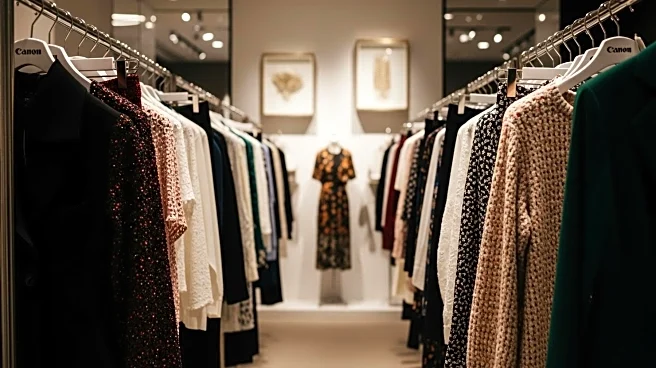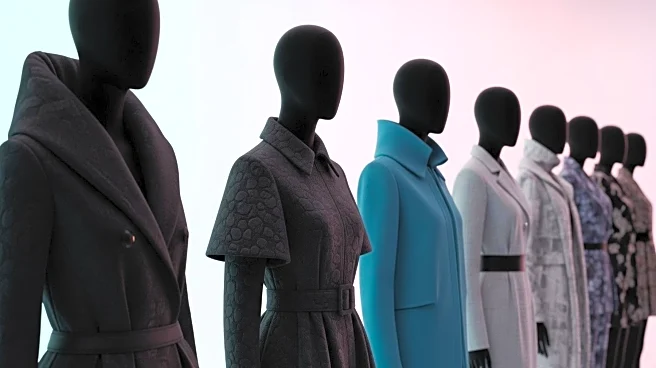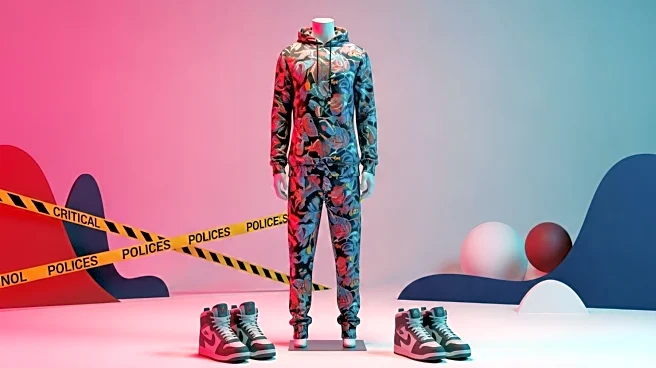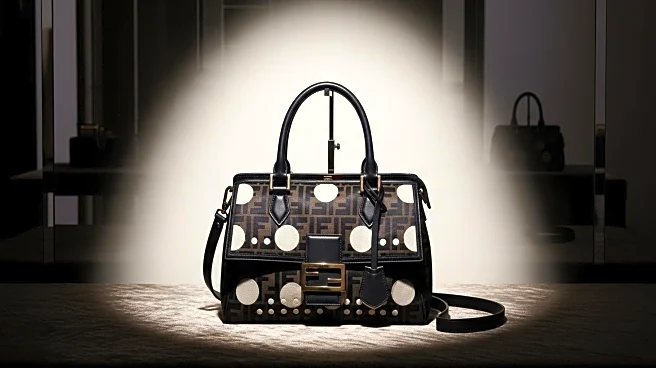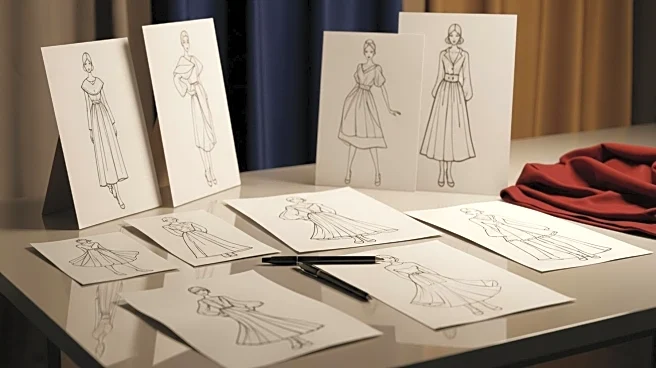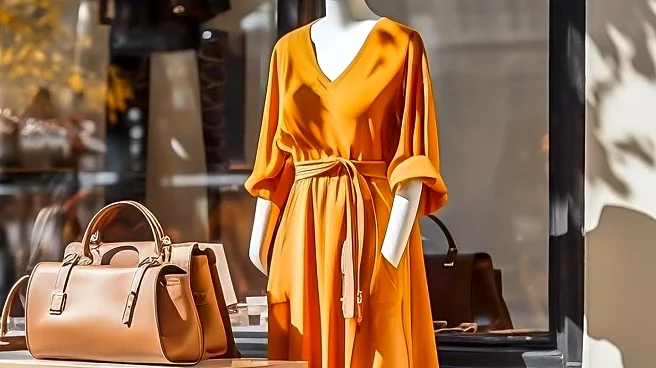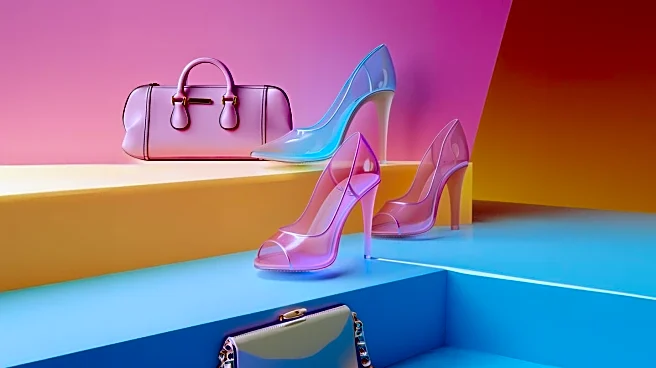What's Happening?
Rachel Comey presented her Spring 2026 Ready-to-Wear collection in an intimate setting, allowing models to style themselves backstage. This approach reflects Comey's desire for a more personal and authentic atmosphere, contrasting with the typical large-scale productions. The show took place in Great Jones Alley, behind her expanded Broadway headquarters, where guests admired the eclectic and colorful looks. Comey's collection focused on fabrics, featuring engineered jacquard, waxed cotton chinos, compact knits, and fine jersey materials. Despite challenges in the fashion industry, Comey reports significant business growth, attributing success to her focus on customer preferences.
Why It's Important?
Rachel Comey's decision to let models self-style highlights a shift towards authenticity and individuality in fashion. This approach may influence industry standards, encouraging designers to prioritize personal expression over traditional backstage productions. The collection's success amidst industry challenges underscores the importance of understanding consumer needs and adapting to market demands. Comey's focus on high-quality materials and practical outerwear reflects a trend towards sustainable and versatile fashion, which could impact future design strategies and consumer expectations.
What's Next?
Rachel Comey's innovative approach may inspire other designers to adopt similar practices, potentially leading to a broader industry shift towards authenticity and consumer-focused design. As Comey's business continues to grow, she may expand her influence in the fashion world, setting new standards for intimate and personalized fashion experiences. The success of her collection could encourage further exploration of sustainable and versatile materials, impacting future fashion trends and consumer preferences.
Beyond the Headlines
The emphasis on self-styling and intimate gatherings in Rachel Comey's show may reflect broader cultural shifts towards individuality and personal expression. This approach challenges traditional fashion norms, promoting diversity and inclusivity in the industry. The focus on high-quality materials and practical designs aligns with growing consumer demand for sustainable and versatile fashion, potentially influencing long-term industry practices and consumer behavior.
